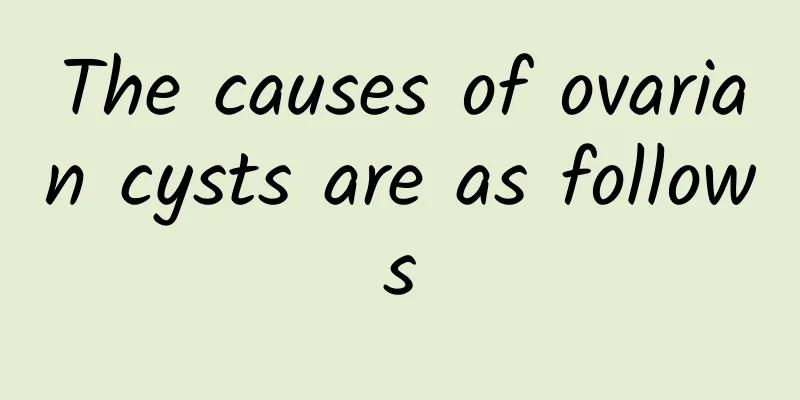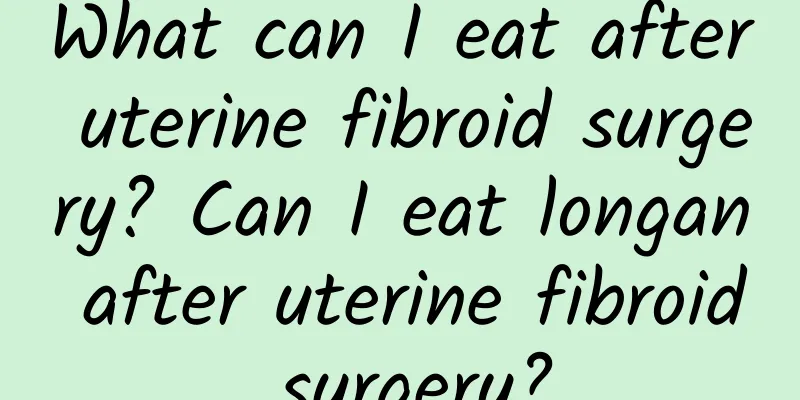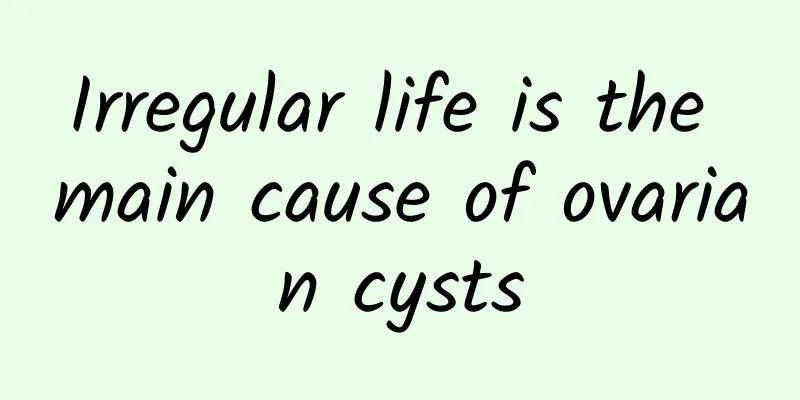3 Minimally Invasive Treatments for Uterine Fibroids

|
Uterine fibroids are a very common gynecological disease in women. They are more common in menopausal women over 40 years old. They seriously disrupt the patient's normal life and work, and may even cause greater health threats. They must be treated early. The following are three minimally invasive surgical treatments that can be used. 1. Expectant treatment Expectant therapy is a relatively conservative treatment method. It is suitable for patients with mild fibroid symptoms, no complications, and no fibroid degeneration, or near-menopausal women whose uterus is smaller than the size of 12 weeks of pregnancy and whose menstruation is normal. Expectant therapy is used to observe the development of the disease and conduct a follow-up every 3-6 months. Women in menopause may develop benign fibroids, which can gradually shrink after menopause and do not cause much harm to the body. However, for those whose fibroids increase after menopause, clinical and visual follow-up is required. If fibroid degeneration is suspected, or the pain is obvious, or even accompanied by anemia, surgical treatment should be considered. 2. Myomectomy The purpose of myomectomy is to preserve the patient's reproductive function while removing the myoma. Myomectomy can be performed on subserosal, intramural, or even submucosal myomas, preserving the uterus. Submucosal myomas can be removed by hysteroscopy, which is safe and reliable, with less pain for the patient, less surgical trauma, and faster recovery after surgery. 3. Total hysterectomy If the patient has severe symptoms of uterine fibroids and is over 50 years old, a total hysterectomy may be performed to prevent the condition from becoming more serious or causing malignant tumors in the reproductive system. A total hysterectomy can be performed through video laparoscopy, vaginal or laparotomy. The operation does little harm to the patient's body, and the patient can recover quickly after the operation, which does not affect the patient's quality of life. |
<<: Health food during the recovery period of pelvic inflammatory disease
>>: Can I have a natural birth if I have cervical erosion during pregnancy?
Recommend
Can’t get rid of excess fat? Have a glass of vinegar, ginger and lemon juice to promote blood circulation and lose weight faster!
Can’t lose body fat, catch a cold easily, and fee...
Can I get pregnant with severe cervical erosion?
Basically, every disease is divided into several ...
What are the symptoms of chronic cervicitis in women? 5 clinical manifestations of chronic cervicitis
What are the symptoms of chronic cervicitis? 1. C...
Auxiliary examination of hyperprolactinemia
The clinical manifestations of hyperprolactinemia...
Precautions after chocolate cyst surgery
After the operation of ovarian chocolate cyst, it...
Can I get pregnant due to right ovarian cyst? What are the symptoms?
Can I not get pregnant with a right ovarian cyst?...
Early symptoms of ectopic pregnancy can make women sweat
Some early symptoms of ectopic pregnancy are not ...
Maintain a perfect body shape like this! Sun Li shares new beauty tips
Empress Sun Li gave birth to two "princes&qu...
Scientific care to relieve the symptoms of dysmenorrhea!
How can we relieve the symptoms of dysmenorrhea? ...
Is miscarriage life-threatening?
Pregnancy is the happiest thing in a woman's ...
What are the symptoms of cervicitis in women? Patients with cervicitis should do these tests
Cervicitis is a common gynecological disease. So ...
There are 3 main reasons why weight loss fails! If you want to lose weight successfully, you must do these things first so that you can persevere
In addition to "stress", the causes of ...
How to diagnose cervical hypertrophy?
Early diagnosis of cervical hypertrophy is the ke...
How can patients with Bartholinitis strengthen their own health care?
The Bartholin's glands are located at the bac...
To prevent obesity, fairies should exercise first! Do burpees at home to burn fat and help lose weight
As ancient style spreads, internet beauties have ...









